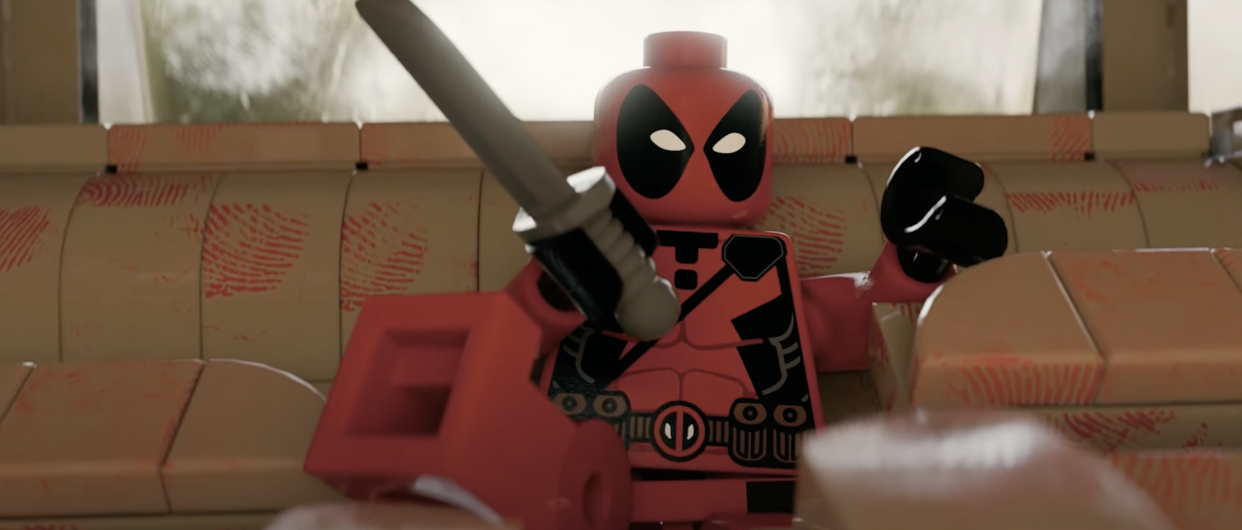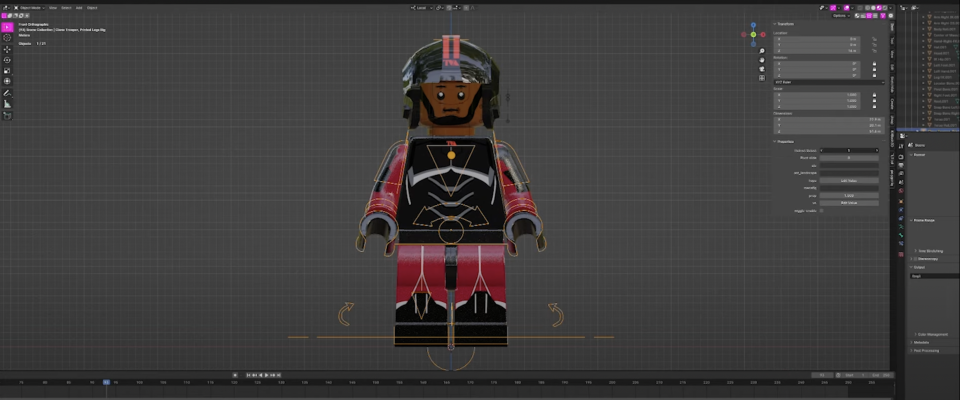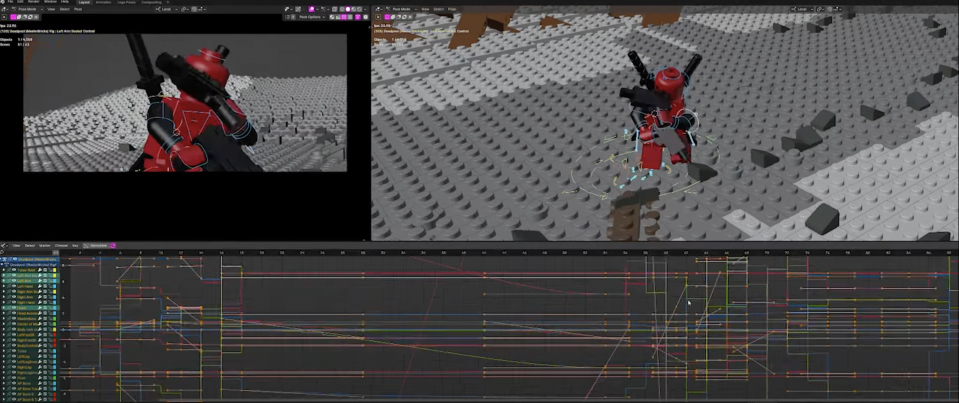Why Recreating TV Shows with LEGOs Is a Training Ground for Great Animation

Once any story hits the internet, it doesn’t just belong to the people who made it; fan art, fiction, edits, music, tattoos, and all sorts of reinterpretation follow, to say nothing of the barrage of reboots and remakes the corporations running the entertainment world are so enamored of. But there’s something interesting that happens, from both an artistic and an audience perspective, when much loved characters get transposed into a medium where their range of expression and even their physicality is different.
When we want to see the moments we love from the sitcoms we love but a little bit different? Increasingly, we turn them into LEGO.
More from IndieWire
In addition to the officially licensed “The Lego Movie” films and “Lego Batman” spinoffs, there’s a brace of creators online who can make their livelihoods animating film and TV show clips into LEGO, sometimes side-by-side with the original. This even boomerangs back into film and TV animation, as when Canadian teen Preston Mutanga’s viral take on the “Across the Spider-Verse” trailer led producers Phil Lord and Chris Miller to hire him to create a short LEGO scene as part of the final film. But Trevor Carlee, an animator who regularly posts LEGO scenes and trailers, has found the form to be a great way to build new skills and do animated storytelling outside of any industry restrictions or constraints.
This is partly because the software needed to animate in LEGO is pretty accessible. Carlee grabs his LEGO bricks from mechabricks.com and/or BrickLink Studio, uses Photoshop and sometimes Procreate to design textures and specific LEGO torsos and faces to match the characters, and then brings characters and environments into Blender to animate. Now celebrating its 30th anniversary, Blender is a software suite that allows animation artists to tackle every piece of the 3D pipeline, from modeling and rigging to compositing and motion tracking, and it is still gloriously free and open-source.
But also, part of what’s compelling about animating live-action scenes into LEGO is translating human motion. “There’s such a limitation,” Carlee told IndieWire. “[Animating in LEGO] is still tedious and it takes time, but it takes a lot longer to animate humanoid characters because there’s so many extra joints to be mindful of, and things can seem wrong if you do one motion that’s stiff. But with LEGO, everything is already stiff and it’s such a limit: it’s just arms, legs, head, and torso.”
The trick is, within the limited range of movement, to still squeeze as much feeling as possible into the characters. It’s almost an extra pleasure to detect something happy, nervous, or subtly anxious about a character that shouldn’t be able to express emotion at all. Carlee has specialized in animating moments from the contemporary comedy canon like “Parks and Recreation,” “It’s Always Sunny in Philadelphia,” “Community,” “New Girl,” “Insecure,” “Abbott Elementary,” and “Fleabag.”
Sometimes, nailing the color is what’s tricky. LEGO blocks are bright and cheerful, but sets rarely match the blocks available. For his “Fleabag” short, Carlee needed to find a block color that would mimic the wall of the diner without being exactly the same — it would look too muted in contrast to the characters. It’s a balancing act to find a middle ground that’s as playful as the blocks but as similar to the scene as possible. With contemporary shows, though, the most natural motions prove the most challenging. “There’s things where people have their arms crossed and obviously LEGO can’t really cross their arms like that. So I do something that kind of gets the idea across and has the emotion but still lives physically in what a LEGO’s able to do — if you pop the arms off, that kind of thing. So I really like that challenge of trying to find out how to make [normal movements] work.”
Carlee began animating in LEGO as a way to learn more 3D motion graphics for a freelance editing job after he had “avoided 3D for so long. I was faking 3D in AfterEffects for years, for like a decade. I was just like, ‘I’m not gonna touch it,’” Carlee said. He picked passion projects and things that felt unambiguously fun in order to truly sink his teeth into Blender — first recreating moments from “Buffy the Vampire Slayer,” and now LEGO, and cited the Andrew Price donut tutorial as the thing that allowed him to get his arms around 3D animation in Blender.


From there, he’s pushed the amount of action that Blender can achieve. In his “Deadpool 3” LEGO trailer, Carlee figured out how to animate slow-motion action sequences, break bones, and build bloodstains onto the brick environment, all of which he documented in an accompanying making-of video. “The ‘Deadpool’ video actually opened my eyes to really wanting to get more into action-packed stuff. I want to tackle a sword fight from ‘The Witcher’ or maybe Captain America’s elevator fight; something that’s really hard and complicated. But the ‘Deadpool’ thing gave me so much confidence, especially doing it so fast. It’s like, ‘I just have to do it and not be afraid of it,’ is where I am now, which is really fun,” Carlee said.
Carlee’s enjoyed the kind of growth that he feels has really benefited from the limited constraints of LEGO and from being able to keep pushing his animation skills over time. If you are trying to do something that you don’t care about, or you’re trying to do something that’s too big and it’s not tied to something you care about, you will most likely give up,” Carlee said. “LEGO is so constraining that I’m able to really kind of hone in and focus and find the efficiencies and then I’m able to basically translate that to anything that I do.”
Best of IndieWire
Sign up for Indiewire's Newsletter. For the latest news, follow us on Facebook, Twitter, and Instagram.

